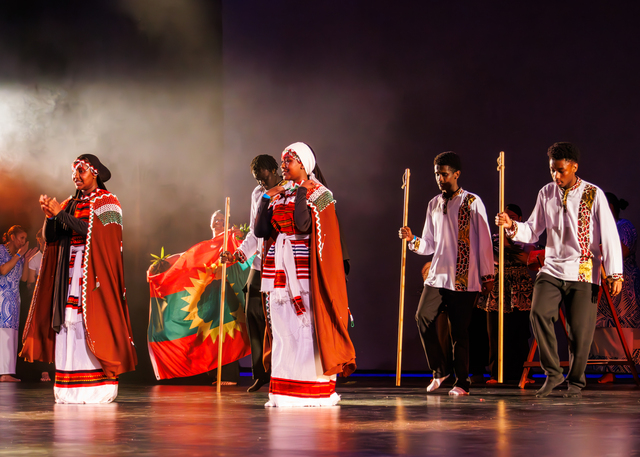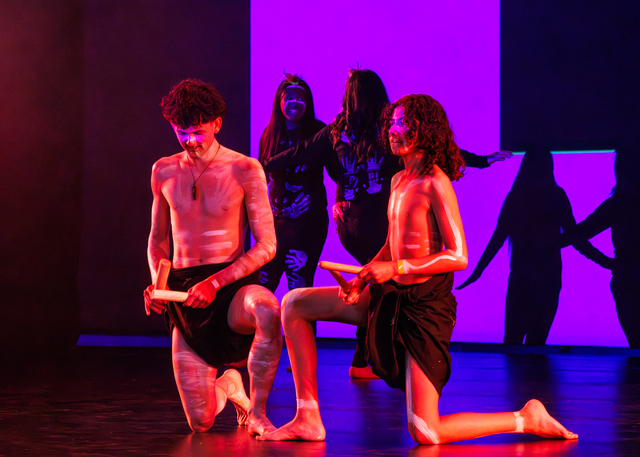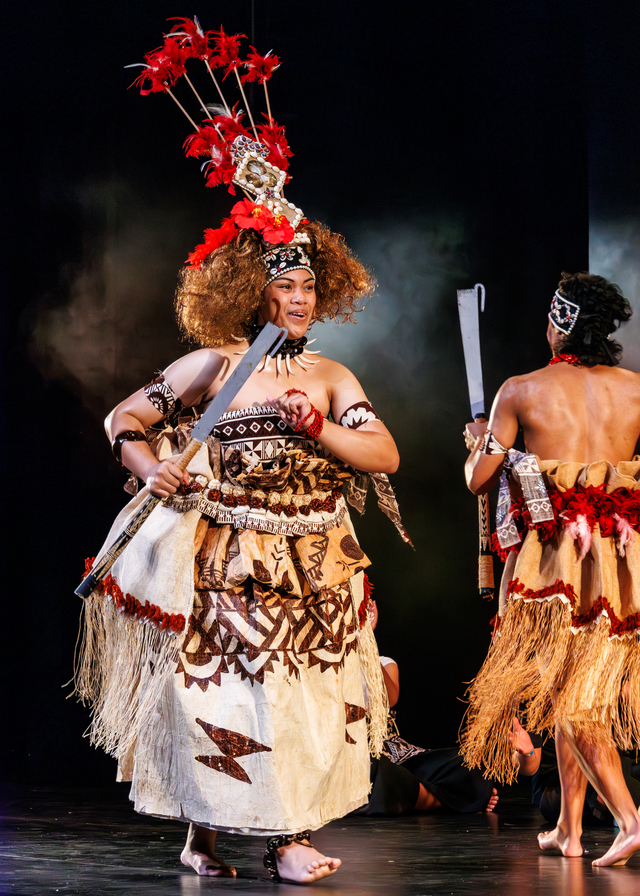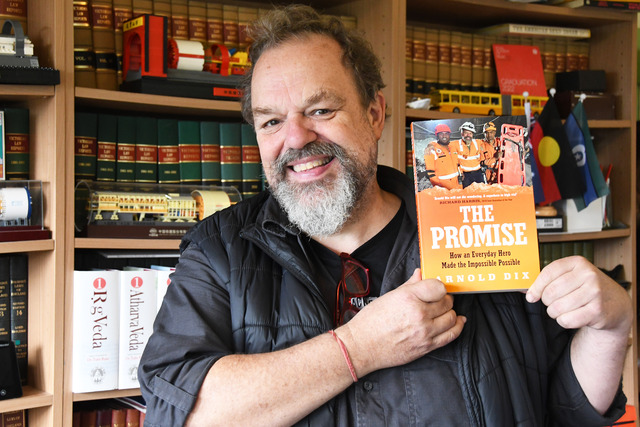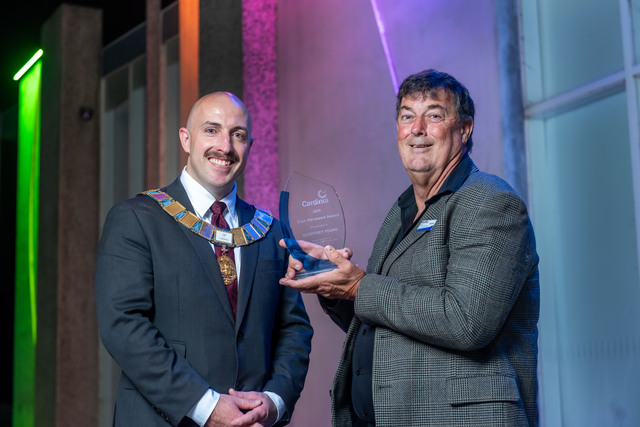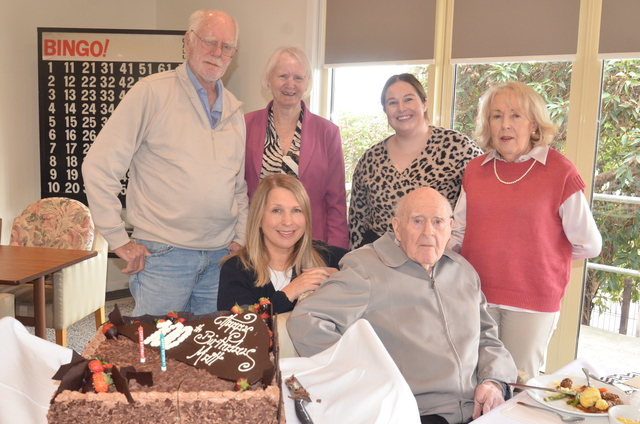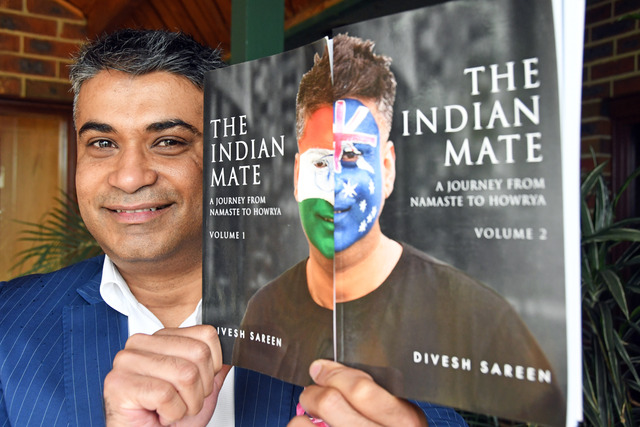The vibrant multicultural heart of the City of Casey was in full display on Monday 26 August, when the 4C’s Showcase returned for its fourth performance at Bunjil Place.
The event, which exhibited a celebration of cultural diversity through art, music, dance and fashion is set to return twice, with another performance on Monday 2 September and the finale on Monday 9 September.
The 4C’s program, which stands for ‘Cultivating Creative Cultures with Communities’ was a product of school teacher Laitini Matautia-Ulugia, where 18 years ago she saw the need to address challenges faced by newly arrived students integrating into Australian schools.
“So the kids were all being put together, but there was no set program on how to integrate kids into a school with different cultural needs.
“Kids would come up to me and they would go, ‘oh they don’t understand what we’re saying, they don’t understand our culture,’ and there’s all these things they want but they don’t know how to talk to them,” she said.
The program’s foundations, which were borne out of the ideas of these same students, were created to address anti-social behaviour and negative media stigmas; this included the students “coming up with the commonality of music, dance and fashion”.
“From there I saw that it fell perfectly under VCAL outcomes, so the kids, without even having these conversations, were promoting shows, creating tickets.
“It was [originally] this one presentation at the end of the year, over time it’s developed into so much more,” Laitini said.
What initially began as a small initiative has since grown into a comprehensive educational and cultural movement, with the program drawing on “cultural assets from local communities and stakeholders who value student-lef learning opportunities”.
A vivid testament of the program’s journey and success, the evening on 26 August brought together performances that featured traditional dances, cultural costumes and stories that were passed down through generations.
“I feel like our education system hasn’t quite caught up yet with all the different types, but this bridges the gap, as well as the students who sort of fall through that gap.
“Our program includes everybody, LGBTQIA+ kids, kids who feel like they don’t quite fit into the mainstream like they feel like people don’t understand them – they get to express themselves through this platform.
“Through art, music, fashion, dance, it’s up to them how to do it,” Laitini said.
At the same time, she also sees the program as a way for these students to “find solutions to issues in the community”, where the difficulty of traversing a new world is made easier with that balance of cultural connection and learning.
Being given the main stage at Bunjil Place has done wonders for the program’s exposure, raising its profile and reaching a wider audience who are made aware of its impact.
“I think sometimes in schools, they like to put them in boxes and if you can’t do it on the spit, then you can’t pass,” Laitini said.
“My program is, ‘can you demonstrate these skills’, and they do ‘yeah I can do it this way and that way’, and I ask them to show us through certain contexts.
“But with those employability or transferable skills that they’re going to need in life, that’s what the 4C’s program provides and it’s done through a high standard – because when kids are engaged in their learning, then they’ll do the best that they can.
“It won’t be just because they need to tick a box, it’s because it’s something that they value and something that’s important to them.”
Looking ahead, the future of the program is bright, with a new VET course set for 2025 which will be open to all schools and will have a focus on Cultural Leadership.
The one-year program will offer students a Certificate II and a pathway into different career opportunities, which, Laitini said, will be the students’ “direct connection to the community”.
“So we’re looking at low socioeconomic areas; are there lonely elderly people out there who might need to go out, want to do some activities and so on.
“It might be us reaching out to First Nations communities, going to primary schools; we want to build within these communities, again bridging those gaps,” she said.
As the 4C’s program continues to grow, so does its demand, with Laitini not necessarily worried about her efforts, but the growing needs of the wider community.
The program currently supports 18 schools, with Laitini currently trying to effectively coordinate over three nights of performance, support from a major body such as the Department of Education would be a great boon.
“I would love it if I could get something from the department to help me navigate this.
“I feel like our education system hasn’t quite caught up with the new generation of students coming through and the new needs that are required in this space,” she said.
From humble beginnings to a Casey-wide initiative, Laitini is looking ahead for more to come but is more than keen for official backing, one that would make the program more sustainable in its management and more effective in addressing a wide range of student needs.
At the end of the day, the program’s outcomes are still the most rewarding, with post-performance adrenaline pumping and the smiles on the faces of the kids and their families pushing Laitini forward.
“It’s been very enriching for me as the organiser, but I’ll be honest and say that I don’t always know the impact it has on families.
“But later on when I accidentally bump into people, I’ve had parents say thank you; things like, ‘I couldn’t get my kids to school but because of your program we’ve been able to get them to finish homework’, and so on,” she said.
While now sold out, more information on the upcoming performances and the schools involved can be viewed on www.bunjilplace.com.au/events/4cs-showcase

